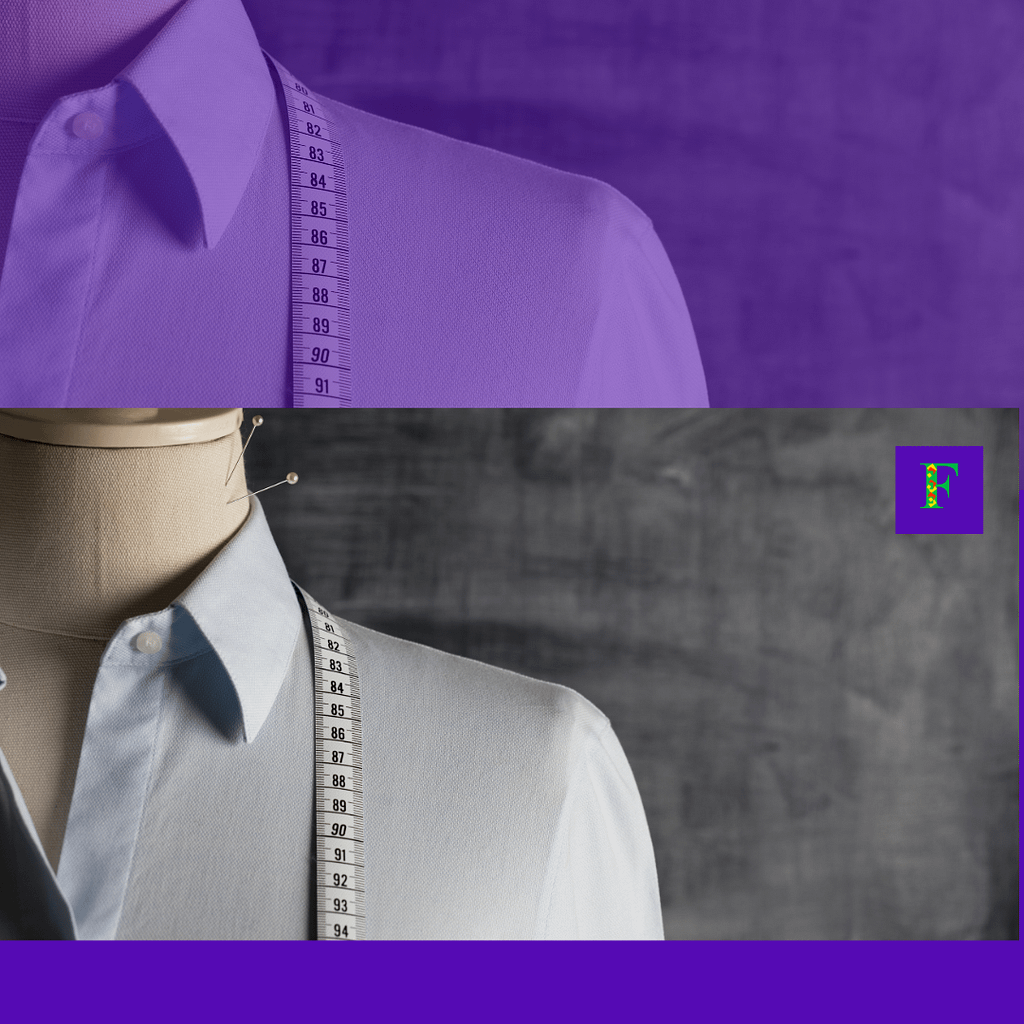
Which Styles and Archetypes Should Clothing Manufacturers Focus on Today?
Fashion is always evolving, and today’s clothing manufacturers face the challenge of staying ahead of rapidly shifting consumer preferences. As we move into 2025, certain styles and archetypes are emerging as clear favorites, influencing what designers and manufacturers should focus on. With an increased awareness of sustainability, a demand for comfort, and a desire for self-expression, the market is asking for clothing that is unique, adaptable, and responsible.
Sustainability and Eco-conscious Styles
The demand for sustainable fashion has never been higher. As people become more aware of the fashion industry’s impact on the environment, they are looking for brands that align with their values. Clothing made from eco-friendly fabrics, such as organic cotton, hemp, and recycled materials, is at the forefront of this movement. For manufacturers, the focus should be on producing garments that use biodegradable materials and prioritize waste reduction throughout the production process.
At the same time, the trend of slow fashion is gaining ground, pushing for timeless designs that don’t fade with the seasons. Consumers no longer want disposable clothing—they want pieces that last. Clothing manufacturers who embrace sustainability while also ensuring their designs are stylish and durable will not only appeal to environmentally-conscious buyers but also build long-term brand loyalty.
Comfort and Athleisure: A Continued Focus
The athleisure trend, which blends fashion with functionality, isn’t going anywhere anytime soon. The global shift towards more comfortable clothing, partly driven by the pandemic and the rise of remote work, has created a demand for clothes that feel good and look good. Today’s consumers are looking for versatile designs that are both stylish and easy to wear. Stretchy fabrics, breathable materials, and flexible fits are now essential components in everyday clothing.
Manufacturers should continue to explore ways to combine athletic influences with casual wear, creating garments that can easily transition from the gym to a coffee shop or even the office. The focus should be on making clothing that fits comfortably, offers practicality, and still looks on-trend.
Bold Colors and Self-Expression
Today, people see their clothes as an extension of their personality. The desire for self-expression is driving the trend toward bold, vibrant colors and unique patterns. Instead of sticking to neutral tones, consumers are embracing colors that make a statement—think bright reds, electric blues, neon yellows, and everything in between.
Clothing manufacturers should tap into this craving for individuality by offering collections that are playful and expressive. The shift away from blandness to vivid color choices and bold patterns is part of a larger movement towards fashion that encourages people to stand out and celebrate their own style.
Gender Fluidity and Inclusivity
A significant shift happening in the fashion industry is the demand for gender-neutral clothing. Consumers today are moving away from the rigid gender boundaries that have long defined fashion, embracing pieces that cater to a variety of identities and body types. Manufacturers should focus on creating clothing that works for everyone, regardless of gender. This means designing unisex collections that are comfortable, stylish, and adaptable for all.
Inclusivity is about more than just gender—it’s about size and shape as well. There is a growing need for fashion that is accessible to all body types. Clothing brands should focus on offering a broad range of sizes that cater to the diverse needs of their customers, ensuring that no one feels left out of the conversation.
Tech-Infused Fashion
As technology becomes more embedded in every aspect of life, it’s no surprise that tech-infused fashion is on the rise. We’re seeing the advent of smart clothing—garments that incorporate technology such as LED lights, heating elements, and even health-monitoring sensors. These clothes not only serve a functional purpose but also add an element of futuristic style to everyday wear.
Manufacturers should explore the possibilities of wearable tech, integrating features that enhance the user experience while offering cutting-edge designs. As tech continues to advance, the intersection of fashion and technology will likely offer endless possibilities, giving manufacturers an exciting new frontier to explore.
Today’s clothing manufacturers have to adapt to a rapidly changing market that places emphasis on comfort, sustainability, self-expression, and inclusivity. By focusing on these key styles and archetypes, brands can meet the growing demand for garments that are not only stylish but also responsible and versatile. The future of fashion is about making clothes that serve more than just aesthetic purposes—they should reflect the values of the modern consumer, ensuring that fashion remains relevant and meaningful for years to come.
